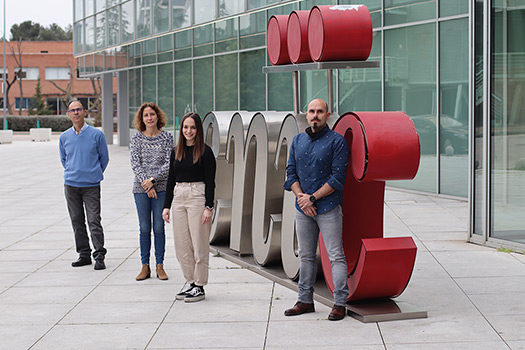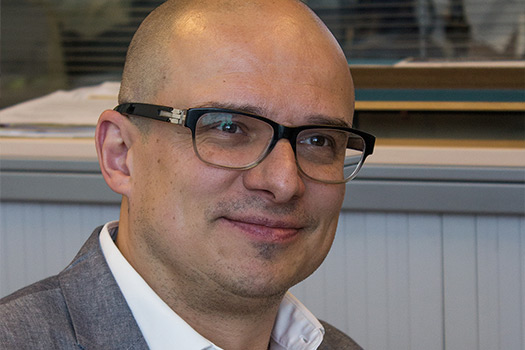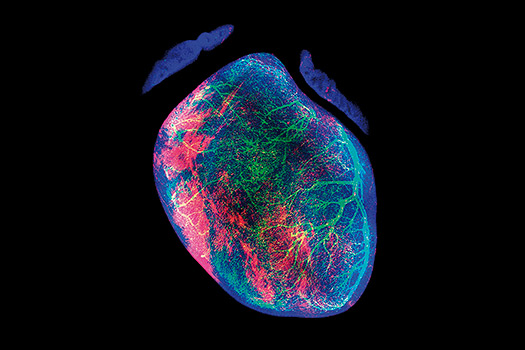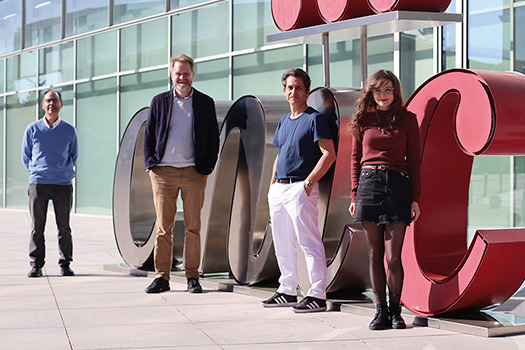Editorial
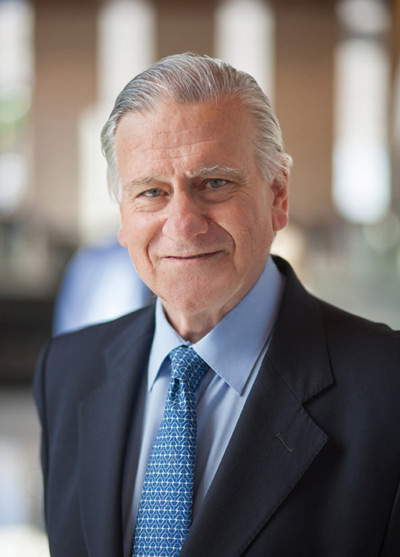
The year 2020 will be remembered as that of COVID-19, a pandemic that many of us had foreseen but for which no one was prepared. Humanity has had to deal with a recurring theme in many disaster movies: a virus. SARS-CoV-2 is a coronavirus that, due to causes yet to be determined, jumped from animals to humans and has caused, and continues to cause today, humanity’s worst pandemic since the flu of 1918.
All countries have been affected, from the richest and most powerful, to the least developed and humble.
If we could say that the COVID-19 pandemic has brought about something positive, it would be the general recognition that science is essential to minimize the impact on the health and quality of life for everyone. In less than a year, vaccines have been manufactured that are already alleviating the effects of the infection; and in addition, we have been learning about the characteristics of this virus and the disease and we have understood how some drugs already available, such as anticoagulants, can prevent the most serious cases of COVID-19 and reduce mortality.
After a few days of general confusion, CNIC researchers put all their scientific knowledge at the disposal of society to try to find solutions for this situation, which is estimated to have already caused the death of more than 3 million people around the world and about 80,000 in Spain.
Consequently, Dr. Borja Ibáñez’s group analyzes the protective role of the drug metoprolol against the excessive inflammatory reaction of neutrophils in patients with COVID-19.
Furthermore, Jesús Vázquez’s team uses proteomics, not only to find markers of the severity of the disease and to make clinical decisions, but also to identify preventive strategies and discover innovative therapeutic targets.
David Sancho and his group have contributed to the development of Professor Mariano Esteban and Juan García Arriaza’s vaccine at the National Center for Biotechnology (CNB-CSIC) based on the same viral vector that managed to eradicate smallpox, which is known as MVA.
Finally, the CNIC group led by Dr. Miguel Torres is working on a project to develop and validate new diagnostic tests for antibodies against coronavirus with proven and improved sensitivity and specificity.
These are just four examples of how science has become involved in protecting humanity from the most harmful pandemic of the 21st century.
The scientific community has given an example of how to work or how the society of the future should be. Without science we would not be vaccinating people right now.
I will end off by saying that I hope this pandemic has been a warning for us to all become more human.

